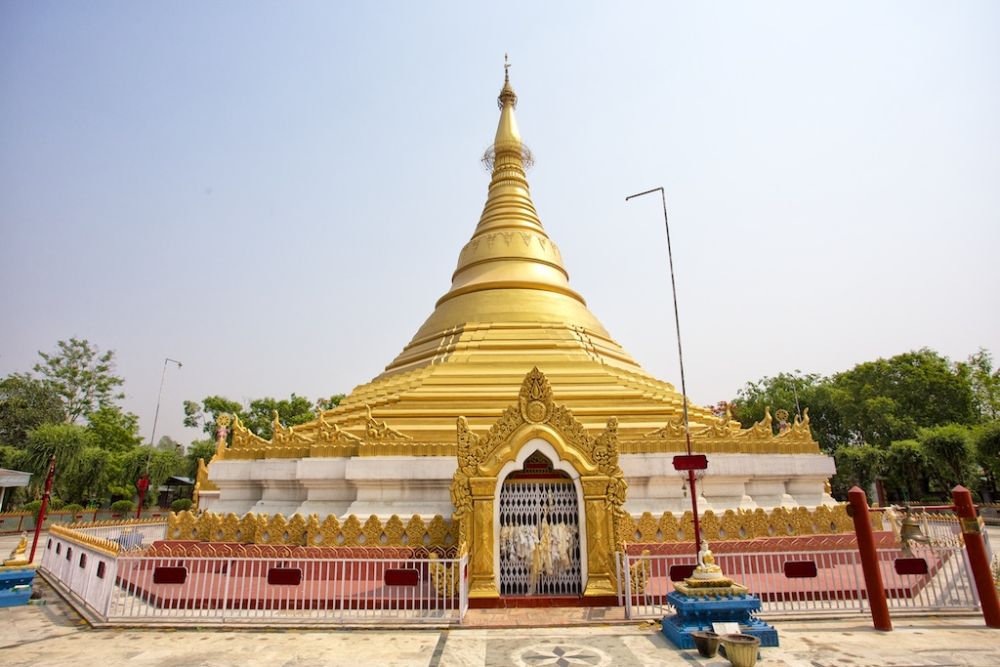

The Myanmar Golden Monastery, also known as Shwemawdaw Paya or 'Great Golden God Pagoda', is a stupendous point of interest located in Bago, Myanmar. It is one of the oldest and most venerated pagodas in Myanmar, with a history extending over a thousand years. Over the centuries, this golden site has attracted countless pilgrims and tourists alike, who come to marvel at its impressive height and glittering appearance.
Tourism at the Myanmar Golden Monastery significantly blossomed when Myanmar's government started to liberalize policies and promote tourism in the late 20th century. The country saw a gradual increase in international tourists who came to explore its rich cultural heritage. The monastery forms part of the Bago experience, encapsulating the beauty of the spiritual and historical Myanmar.
In recent years, there has been a trend towards sustainable and responsible tourism in Myanmar. Efforts are being taken to ensure that visits to the Golden Monastery, and indeed throughout the country, are conducted in ways that respect local culture and contribute to the conservation of heritage sites. Additionally, there is also a growing focus on community-based tourism, allowing visitors to engage more deeply with the local ways of life while benefiting the indigenous population directly.
Lumbini is a sacred site in Nepal, known to be the birthplace of Siddhartha Gautama, who later became known as Buddha. This prestigious location is of extraordinary importance to Buddhists all over the world and has been recognized as a UNESCO World Heritage Site.
Lumbini's history as a tourist destination dates back to the early visits by devout Buddhists seeking to pay homage at the birthplace of the Buddha. However, modern tourism began to take shape with systematic archaeological excavations in the 20th century that revealed the ancient ruins and the marker stone within the Maya Devi Temple, symbolizing the exact spot of the Buddha's birth. The development of the Lumbini Development Zone, aimed to provide facilities for pilgrims and tourists, marked a significant boost in travelers to the region. Peace and spirituality have since been significant draws for visitors from all over the globe.
With the increase in mindfulness and wellness tourism, Lumbini has seen a surge in visitors looking for spiritual growth and meditation retreats. The Lumbini Buddhist Circuit Tour is a part of this trend, wherein visitors follow a route connecting important sites related to the life of the Buddha. Cultural and spiritual immersion experiences are increasingly sought after by modern travelers heading to Lumbini. The promotion of eco-friendly and sustainable tourism practices in and around Lumbini is also becoming more prominent to preserve the sanctity and serenity of this world heritage site.
Whether it is the glistening spires of the Myanmar Golden Monastery or the tranquil grounds of Lumbini, these destinations offer a deep dive into the Buddhist culture and heritage that continues to thrive even in the modern age. The intertwining of historical reverence with sustainable developments in tourism ensures these sacred sites maintain their dignity and allure for years to come.